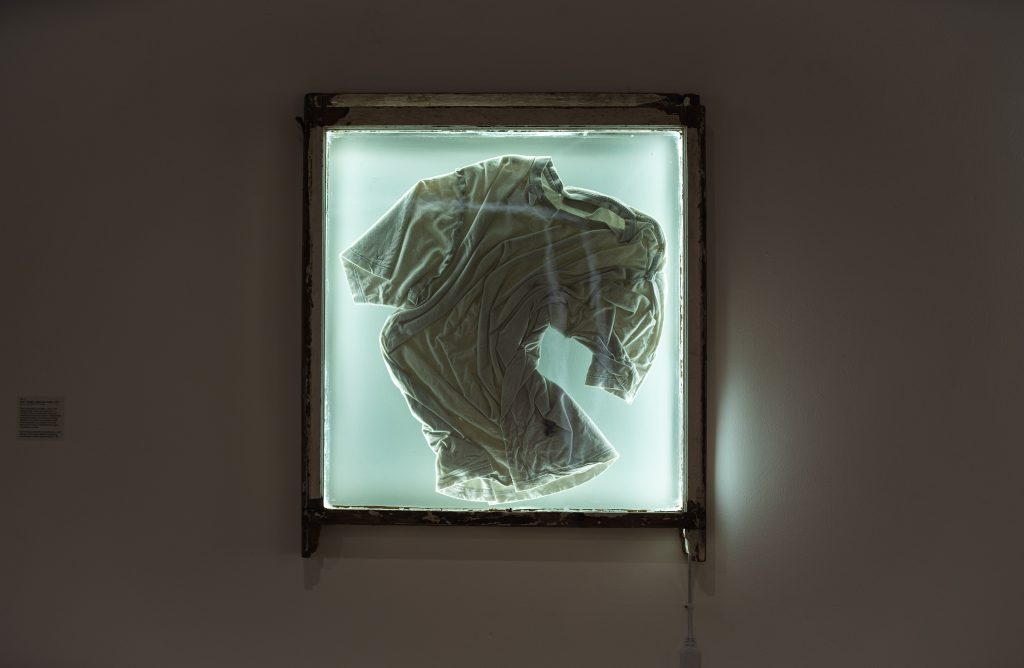Quantitive
Analyse staff interviewee demographics, with reference to UAL data and interview response data, through graphs and charts.
Qualitative
To assess staff interviews through thematic analysis, observing patterns and recurring topics that may inform how, why, and what factors influence the ability to teach social, racial and climate justice to fashion design students in higher education.
Interview Schedule
- Is it possible to teach social, racial, and climate justice within higher education?
- What are some of the difficulties that you have in your role? By instilling these new ways of thinking?
- What makes for a good fashion educator?
- What accountability is needed to embed these approaches?
- If it were mandatory, would it make a difference in student engagement?
- Have you encountered similar resistance in other places you’ve taught at?
- Imagine an ideal scenario; how would we teach?
- In your opinion, has the purpose of fashion design education evolved?
- Why do you think CSM Fashion has the reputation it does? Is this the same now?
- Are students today more aware due to their education, or is it intrinsic?
- How do you approach the potentially subjective task of evaluating student work that is socially and culturally motivated?
- How can we teach social, racial and climate justice within a framework rooted in white Western perspectives and teaching methods?
- How do you balance acknowledging cultural diversity and adhering to academic standards?
- How do you encourage a more inclusive evaluation that respects diverse cultural aesthetics and avoids imposing a singular viewpoint?
